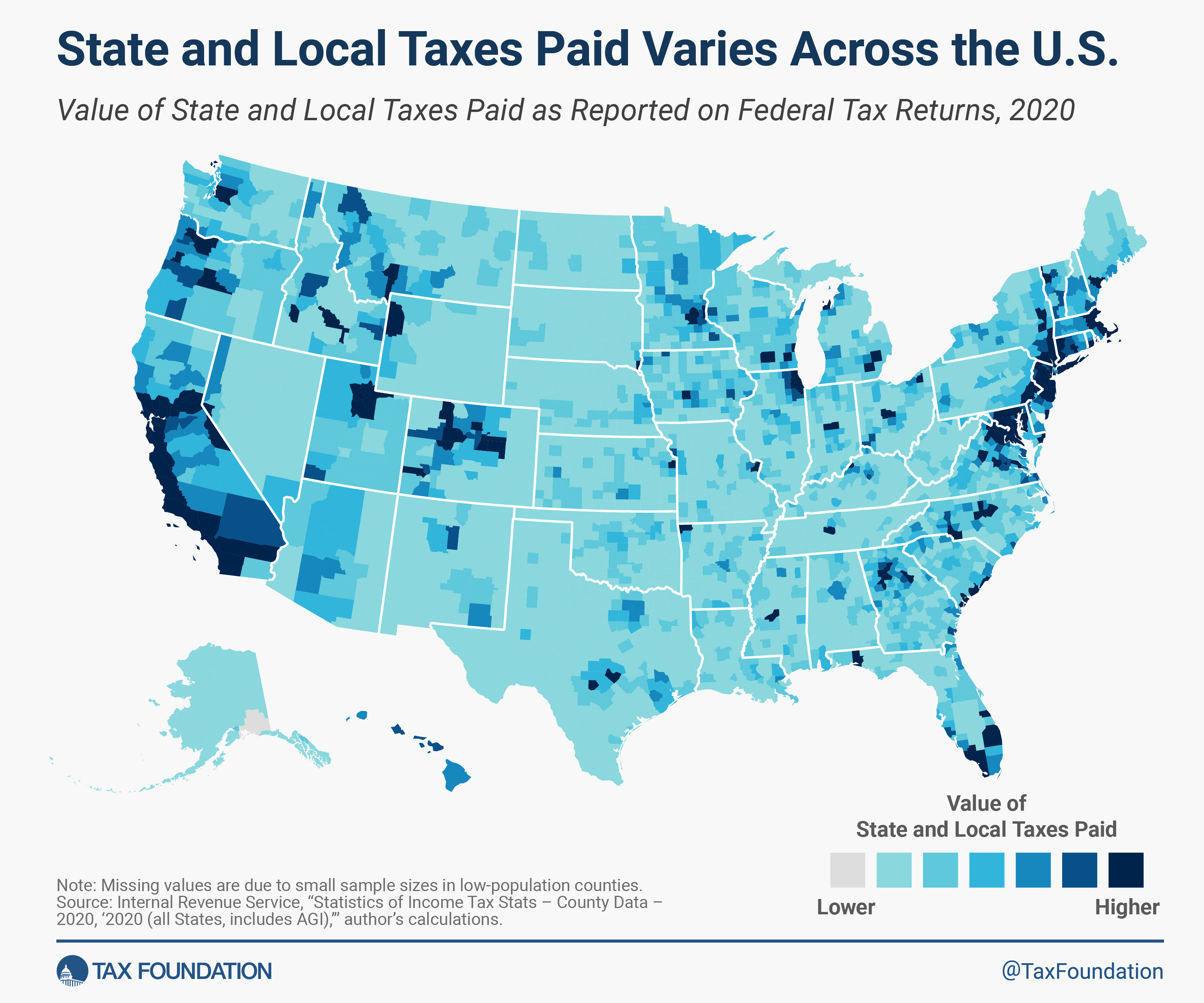Retirement Savings Accounts 401(k) & IRA
Key findings
- Traditional tax and Roth-style taxA Tax is a mandatory payment collected by local, State, and National governments from individuals and businesses to cover costs of general government goods, services, and activities.
They encourage saving for retirement and other defined financial goals while also removing the tax penalty on saving, boosting income growth and economic growth. They encourage saving for retirement and other defined financial goals while also removing the tax penalty on saving, boosting income growth and economic growth. - Defined contribution plans, like 401(k)s, are usually employer-sponsored and are the most popular way for households to save for retirement, followed by individual retirement accounts (IRAs) that savers set up independently. Health savings accounts (HSAs), 529 plans and other accounts are used less frequently as vehicles for saving money to pay for specific expenses such as education or healthcare. Nearly half of all 401(k), or retirement savings, are made by taxpayers aged 35 to 55. Withdrawals from traditional and Roth IRAs increase with age. However, about 15 percent of withdrawals occur before the age of 60, often to address financial needs.
- Tax-neutral retirement contributions are made broadly across the income spectrum and across ages, but older and higher-income households tend to benefit the most. The complexity of the retirement system is a major problem for younger and lower-income people who may not be able to navigate it. The US could follow the lead of Canada and the United Kingdom by setting up a supplementary USA to move the system in the right direction.
- Review of the Current US Tax Treatment of Saving
- Under the US federal income tax, income is typically subject to tax when it is earned, and any growth from saved income is taxed again once it is realized. The US federal income tax offers tax-neutral treatment for some types of savings through a variety accounts. The type of tax treatment, contribution limits, withdrawal rules, and use cases for contributions all vary by account, leading to a complicated system for households to navigate.
Tax-deferred accounts, also known as traditional accounts, provide an income
tax deductionA tax deduction is a provision that reduces taxable income. A standard deduction is one deduction with a fixed amount. Itemized deductions tend to be popular with higher-income tax payers, who have a lot of deductible expenses such as state and municipal taxes, mortgage interest and charitable contributions.
Taxes on growth are deferred until the taxpayer withdraws. Roth account contributions are taxed up front but the principal and any investment growth is tax-free at withdrawal. Both traditional and Roth accounts ensure income saved is taxed once and treated the exact same as income consumed. Savings also fuels investments, both here in the United States and abroad, which contributes to economic growth. DC plans are sponsored by employers and allow contributions from both employees and employers. A typical example is a 401(k) plan for a private sector employee.
IRAs, on the other hand, are privately held accounts that individuals establish and contribute to. Both DCs (which are employer-sponsored DC plans) and IRAs accept rollovers. These are transfers of money from one retirement account into another while preserving tax benefits for retirement savings. Other tax-neutral saving accounts can be set up for specific expenses such as healthcare and education. Health savings accounts (HSAs), for example, allow employees and employers to make tax-deductible contributions, avoiding income and payroll taxes. A payroll tax is a tax that is paid on wages and salaries by employees in order to fund social insurance programs such as Social Security, Medicare and unemployment insurance. Payroll taxes are social security taxes that make up 24.8 percent of the combined federal, state and local government revenue.
, as well as tax-free investment gains and withdrawals. These accounts actively encourage saving by providing both a deduction for contributions and tax-free withdrawals. By providing both a deduction for contributions and tax-free withdrawal, these accounts go beyond neutral treatment and actively subsidize saving.
A common tax-neutral education savings account is a 529 plan, which includes post-tax contributions the year they are made but allows for tax-free investment earnings and withdrawals.[1]In all, the US tax code provides at least 11 types of tax-neutral savings accounts, each with its own specific contribution limits and rules related to withdrawals.
For example, contributions to IRAs are limited to $7,000 in 2024, but people aged 50 or older may contribute an additional $1,000 in catch-up contributions. Withdrawals from IRAs prior to age 59 1/2 may be subject to a 10 percent penalty, except for withdrawals of principal contribution amounts from a Roth IRA.
The IRS provides an extensive list of penalties and exceptions for early withdrawal from retirement accounts.[2]
Other accounts, such as FSAs, have a “use it or lose it” feature, where taxpayers forfeit their contributions if they do not use them for qualifying expenses in that year.As Table 1 illustrates, overlapping and differing accounts, tax benefits, contribution limits, use cases, and withdrawal rules add up to a complicated system that can confuse even savvy taxpayers.Taxpayers Contributed a Total of $332.5 Billion to Defined Contributions Accounts in 2018
Despite the complexity of the tax-neutral retirement system, the data shows it remains a primary way households save and financially plan for retirement.
In 2018, taxpayers contributed $332.5 billion to defined contribution accounts such as a 401(k)s or 403(b)s. Taxpayers aged 45 to 55 years old made up 27 percent of total contributions at $91.2 billion, followed by taxpayers aged 35 to 45 years old at 22 percent and $73.3 billion in contributions.[3]Taxpayers aged 35 to 55 make up nearly half of all 401(k) contributions, suggesting retirement saving peaks with mid- and later-career workers. Contributions begin to decline for taxpayers aged 55 and older as retirements become more common, with only about 0.4 percent of contributions made by taxpayers older than 75.[4]Taxpayers Contributed $70 Billion to IRAs in 2018[5]Taxpayers contributed $70 billion to IRAs in 2018, about 21 percent of the amount contributed to defined contribution plans.[6]
IRA contributions tended to skew slightly older than DC contributions. Individuals aged 60-65 made the largest contribution at 16 percent or $10.9 billion. Individuals aged between 55 and 60 came in second place, contributing 15 percent or $10.8 billion. IRAs require people to actively contribute, unlike DC plans. This could be more common in older households. The Working-Age Taxpayers Made Up 15 Percent Of IRA Withdrawals In 2018.
Traditional IRA and Roth IRA withdrawals increase with age. In 2018, 85 percent of withdrawals were made by taxpayers 60 years old or older. About 15 percent of withdrawals are made before the age 60. Working-age taxpayers withdraw a significant amount from retirement accounts for other uses, such as home down payments, supplemental income for job loss, or financial emergencies.
Withdrawals by working-age taxpayers may be subject to tax owed and a 10 percent penalty for early withdrawals depending upon the circumstances, reducing their savings and setting back their retirement plans.
Total IRA Balances Totaled over $9.1 Trillion in 2018
The total balances for individual retirement accounts mirror the pattern of contributions. The market value of IRA accounts tends to increase as you age, until you reach 65-70 years old. After that, the market value tends to decrease as retirement savings are withdrawn and required minimum distributions kick in. The households between 65 and 70 years old had the highest fair market value accounts at the end of the year, with nearly $1.8 trillion. Prime working-age families between 30 and 55 years old held nearly $1.5 trillion of IRA balances.
Private research on 401(k), account balances, shows a similar pattern. Taxpayers in their 20s had an average balance of $4,160 in 401(k), plans that were established within the last two years, and $19,513 in plans older than five years. Taxpayers in their 50s with a 401(k) account had a balance worth $30,475 on average for new accounts, increasing to nearly $302,000 for long-standing accounts over 30 years old.
59 Percent of Retirement Contributions Were Made by Taxpayers Earning between $50,000 and $200,000 in 2018
Retirement contribution amounts tend to increase with income. Taxpayers earning less than $100,000 made about $100 billion in DC contributions in 2018, and $25 billion in IRA contribution in 2018. Taxpayers earning between $50,000 and $200,000 contributed 58.9 percent of total retirement contributions in 2018. Taxpayers earning between $50,000 and $200,000 contributed 58.9 percent of total retirement contributions in 2018.
Taxpayers earning under $50,000 contributed the least to DC and IRA plans in 2018, reflecting the fact that they have less to save than higher earners and may be less inclined to navigate the complexity of the existing system.
DC plans like 401(k)s were the more popular contribution option, making up 73.8 percent of contributions from taxpayers earning under $50,000 and about 75.6 percent of contributions from taxpayers earning $1,000,000 or more.
Taxpayer participation in tax-neutral retirement accounts also rises with income. Taxpayers earning between $15,000 to $20,000 contributed 20.2 percent to a 401(k), and 2.5 percent to an IRA. The table below shows that taxpayers with incomes between $100,000 and $200,000.77.3 percent contributed to a 401K or similar plan and 21.4 percent contributed to an IRA. This is likely because employer-sponsored plans, such as 401Ks, are easier to set up and contributions are taken directly from the payroll. In 2018, approximately 41.7 percent of all taxpayers contributed to a plan like a 401(k), while 9.1 percent contributed towards an IRA. However, the system suffers from complicated and overlapping rules that can discourage certain taxpayers from participating and improving their financial well-being.
Many of the rules are well-intended, as policymakers target certain accounts to help taxpayers with specific challenges like medical expenses or a disability. The early withdrawal penalty for retirement savings is meant to discourage people from using their savings before retirement. However, these limitations increase complexity and confusion for taxpayers who are generally looking to build financial security by saving for an uncertain future.
The most promising way to simplify the system, boost saving, and ensure access to people across the income spectrum is through universal savings accounts (USAs), which are tax-neutral savings vehicles with unrestricted use of funds and relatively few limitations.
Contributions made to a USA could be used for any type of expense, such as buying a home, funding education, paying for emergencies, or starting a business. The simplicity of USAs is a major improvement over the status quo, encouraging people who otherwise would not participate in a retirement plan or incur a penalty for early withdrawal to save for the future.
Ideally, the entire system of tax-neutral accounts would be overhauled in favor of USAs. The US could follow the success of the United Kingdom and Canada, two countries that provide USAs up to a defined contribution limit as a supplement to their respective retirement systems. Short of an overhaul, the US could follow the success of the United Kingdom and Canada, two countries that provide USAs up to a defined contribution limit as a supplement to their respective retirement systems.[7]
Low- and middle-income earners in both countries have broadly participated in USAs, showing that the simplicity and flexibility of these accounts is attractive to households across income levels.
A supplementary USA would move the American system in the right direction, and the revenue loss could be offset by other changes within the system, such as a repeal of health savings accounts.
Conclusion [8]
Internal Revenue Service data from 2018 shows that American taxpayers across incomes and ages are broadly bought into our system of tax-neutral plans like 401(k)s and IRAs to support their retirement goals.
However, the system in its totality suffers from complicated rules, limitations, and overlaps that make it an uphill battle for households that do not have the time or inclination to navigate it. Younger and lower-income households have a more difficult time saving outside this system, and the complexity of the existing tax-neutral options only adds to the challenge.
Universal savings accounts offer a major simplification of the existing system and could be tested in the US and modeled after success in the UK and Canada without disruption to the status quo. A supplemental USA could pave the way toward broader reform to ensure the tax system does not stand in the way of financial success.
Stay informed on the tax policies impacting you.
Subscribe to get insights from our trusted experts delivered straight to your inbox.
Subscribe to our Newsletter
Federal Reserve, “Economic Well Being of U.S. Households in 2020,” May 2023.
Congressional Research Service. “Tax Neutral Savings Accounts Overview and Policy Considerations,” March. 31 2023, [9]
Internal Revenue Service “Topic no. 557, Additional tax for early distributions of traditional and Roth IRAs.
Internal Revenue Service. Retirement topics: Exceptions on tax on early withdrawals. [10] Internal Revenue Service. “Health Savings Plans and Other Tax-Favored Plans.” [11]
Internal Revenue Service. 4 2021, [12]
Congressional Research Service “Individual retirement account (IRA) ownership: Data and policy issues,” Dec. 9, 2021,
William McBride and Huaqun LI, Garrett Watson and Alex Durante “Simplifying Savings and Improving Financial Security Through Universal Savings Accounts,” Tax Foundation May 29, 2024.
William McBride “Canada’s Tax Free Savings Accounts are a Huge Success.” U.S. Lawmakers Should Take Note,” Tax Foundation, Feb. 8, 2024, Garrett Watson, “America Should Learn from Successful Universal Savings Policy Across the Pond,” Tax Foundation, May 15, 2024,
Ibid.
McBride, Li, Watson, and Durante, “Simplifying Saving and Improving Financial Security through Universal Savings Accounts.”
Share
[1]LinkedIn
[2]Facebook
[3]Email
[4]






